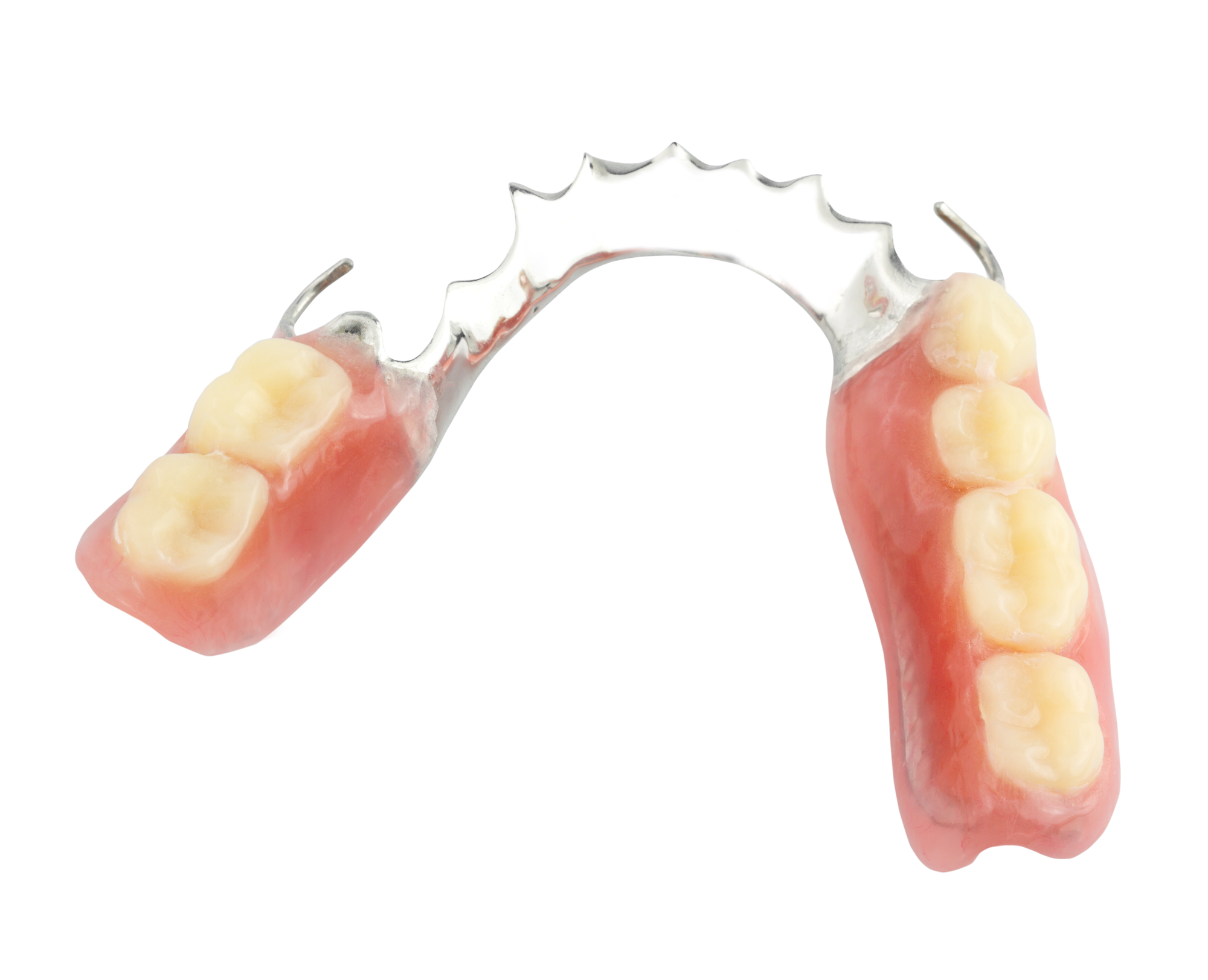Have you lost multiple teeth from trauma, decay, or removal? Whatever the reason for your tooth loss, it’s essential to keep your remaining teeth healthy and stable.
People have been using partial dentures since the 7th century BC. Since that time, dentures have evolved to fit the needs of modern patients. Contemporary partial dentures help patients chew and speak while looking natural and blending in with the smile. If you are considering partial dentures to replace multiple teeth on the top or bottom jaw, here are some things you may want to know.
What are partial dentures?
Dentists design partial dentures to fit their patients’ needs. They consist of a framework that supports enamel-colored prosthetic teeth and a clasp that attaches to the patient’s gums to replace teeth. There are different manufacturing techniques and materials used to create partial dentures. These are two types of metal-free removable partial dentures:
- Acrylic clasp: Some people are allergic to metals, like nickel, so non-metal dentures are a great alternative to cast metal framework removable partial dentures. However, they can be bulkier and less effective, so they are considered a temporary option.
- Flexible: This type of denture is less noticeable thanks to gum-colored claps and is very comfortable but also a temporary solution.
Expectations
In the beginning, partial dentures may feel awkward or bulky, but the wearer eventually adapts to them. Patients must also practice inserting and removing the partial denture for cleaning and at night. Cleaning dentures with a soft-bristled brush and soap (not toothpaste) removes food particles and plaque. Regular oral hygiene regimens reduce the risk of developing decay in the neighboring teeth because patients can brush around them properly.
As people age, their mouths naturally change and affect how dentures fit. The underlying bone and gum ridges can recede and result in a poorly fitting denture. Partial dentures should feel comfortable. If the denture puts too much pressure on a particular area, it will become sore or infected.
Candidacy
Before dentists create partial dentures, they must take several factors into account, including the patient’s:
- Cosmetic aspirations
- Remaining teeth condition
- Structure of the mouth (hard and soft palate)
Risks
While partial dentures can look and feel great, they may come with challenges. Patients must keep their partial dentures clean. When people don’t clean their dentures consistently and adequately, their oral hygiene status may diminish.
According to an article published in the Journal of Prosthodontic Research, metal-free dentures can exacerbate gum problems and cavities in the adjacent teeth. Also, food particles and plaque can accumulate on the surface of the dentures.
Appliance issues may also arise:
- Breakage: Partial dentures are fragile and must be handled with care. If the wearer drops them, the prosthetic teeth could become cracked, chipped, or broken. DIY denture repairs with over-the-counter glues may contain dangerous chemicals.
- Slippage: Patients may experience their new dentures slipping out when they talk or eat. If they continue slipping, they may need to be adjusted by the dentist.
If you have concerns about your dentures, visit your dentist immediately.
Consult with Us
There are many ways to replace missing teeth, but partial dentures are an excellent option. If you would like to know if partial dentures are suitable for your needs or what your other restorative options are, schedule an appointment at our Providence, RI office by calling (401) 443-4007 or messaging us online.


